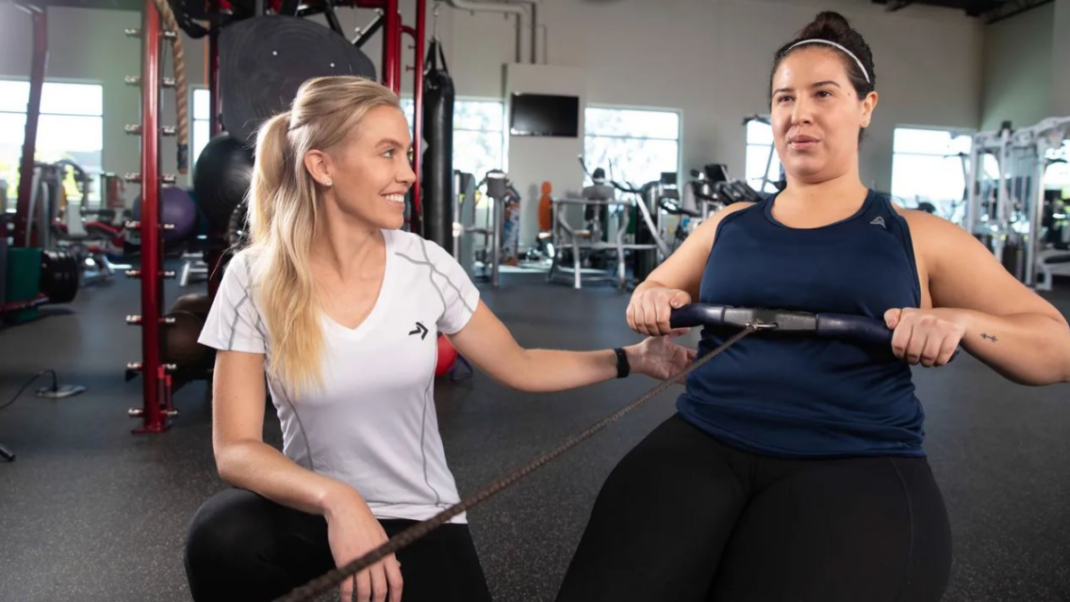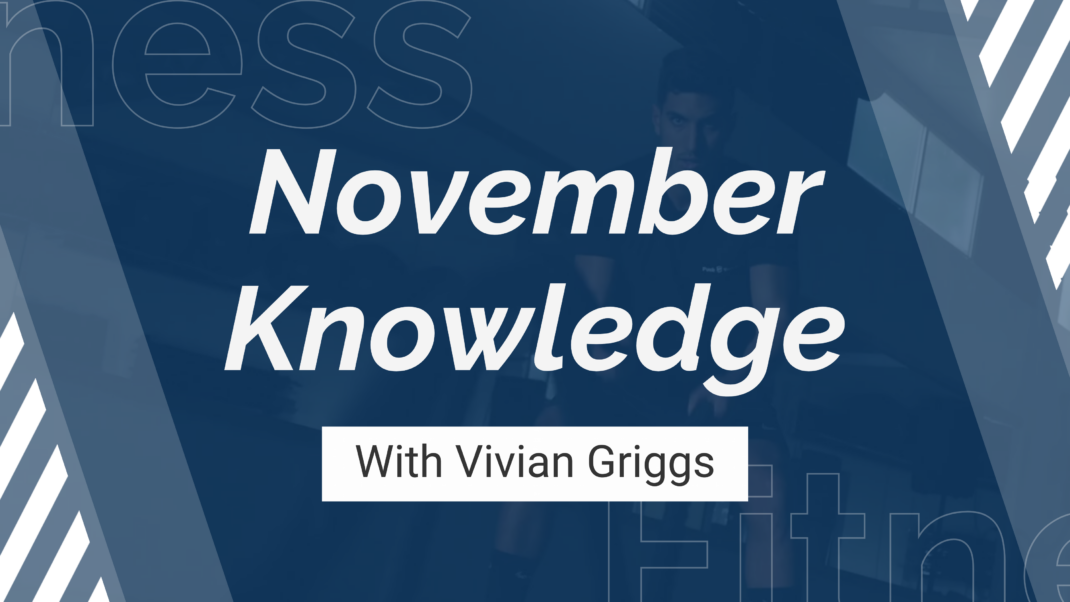Psych Up Your Clients
Like the pop you get from a good magnum of bubbly, the new year likely gave your business or facility a sudden burst of activity after the holidays. With a healthy influx of fresh clientele, January was crazy-busy, exciting and profitable for you. Your neophyte exercisers were bright-eyed, optimistic and determined to turn over a new leaf. 2006 was off to a great start!
Fast forward to the present. . . . Not only has the champagne gone flat, but you’ve also noticed that a few of your newbies are showing up less often to class or are taking a grumpy attitude toward the workout they were excited about just 5 weeks ago. Chin up! While there’s no hope for the stale wine, there’s everything to hope for and keep working toward with your floundering new customers. As an IDEA member, you have accepted the challenge to Inspire the World to Fitness®. If this mission isn’t a good enough reason to do everything possible to get your people through the very rough patches that mark the second and third months of a new exercise program, then consider the pure economics of getting a single client to stick with it and adopt a permanent lifestyle change: Have you calculated lately how much a customer for life is worth these days in dollars?
The excellent news is that there are a host of things you can do to keep struggling exercisers on the path to health and fitness righteousness. The content in this issue was aptly timed to equip you for these doldrum months and to help you address the part of your client’s body that will always need the most conditioning—his mind.
Our editors have sought out expert authors, who have provided a thorough CEC review of exercise psychology research and practical strategies for surmounting challenges of the will in kids, adolescents and adults. First, take a journey with psychologist Jim Gavin, PhD, and co-authors Madeleine Mcbrearty, MA, and Daniel Séguin as they investigate some of the more interesting trends and findings in the realm of exercise psychology from 2002 forward. The review is organized around three themes: motivation and participation; exercise structures; and exercise benefits. Next, join Randi Rotwein-Pivnick, MA, MFT, as she explores how to motivate kids and adolescents to exercise. We think you’ll come away with some real-world strategies to employ on your future athletes, recreational exercisers and fitness enthusiasts.
As Gavin and his co-authors say in their conclusion, “The story this research summary tells is an optimistic one. Exercisers get many benefits from physical activity. The challenge is to inspire more people toward active living. We need to help people, not only with their biomechanics, but with their psychology of movement. Through conversations and coaching, we can inspire people to find joy in their activities, purpose in what they do, relationships in their exercise world and, above all, the means to realize their dreams.”
Yours in good health,
Kathie and Peter Davis




